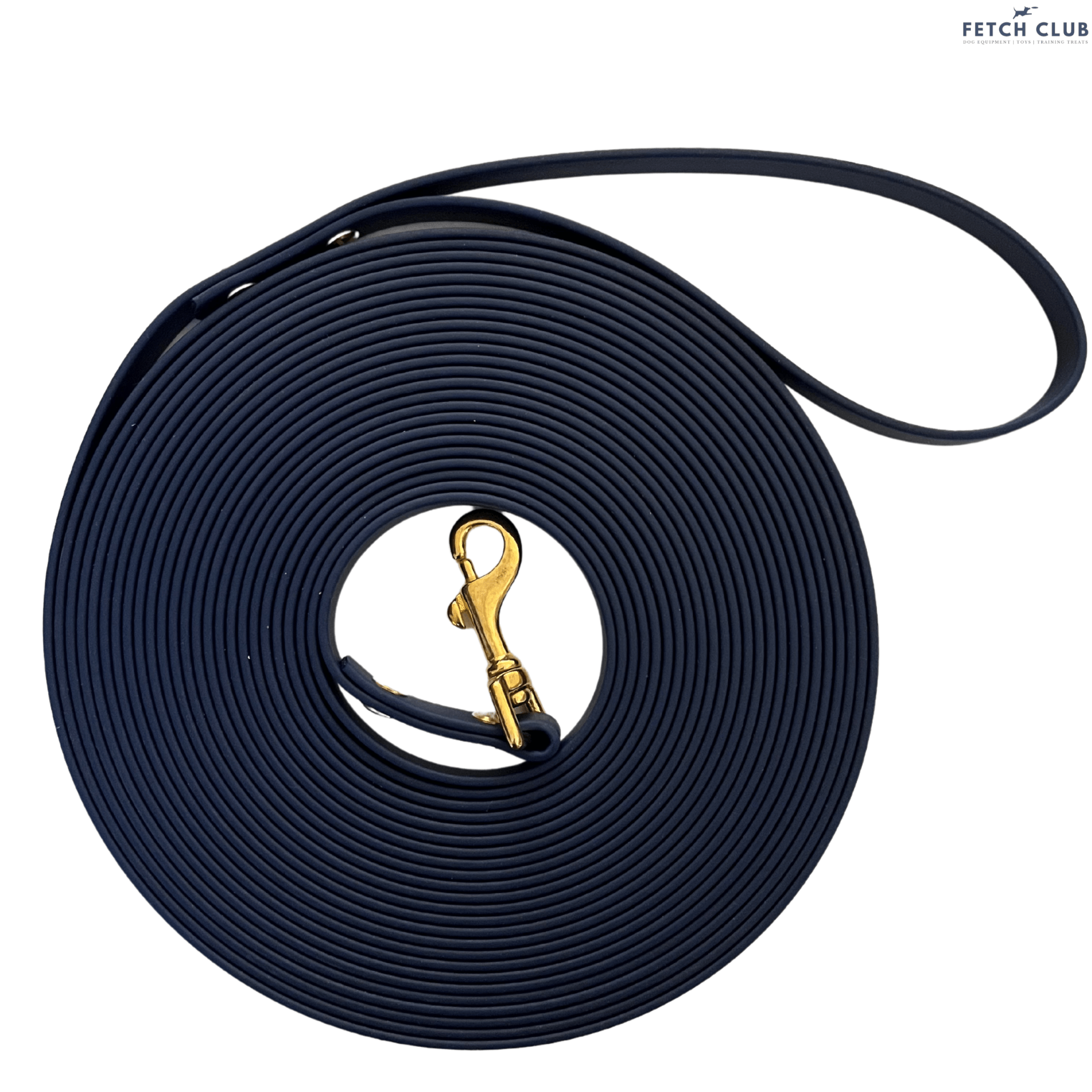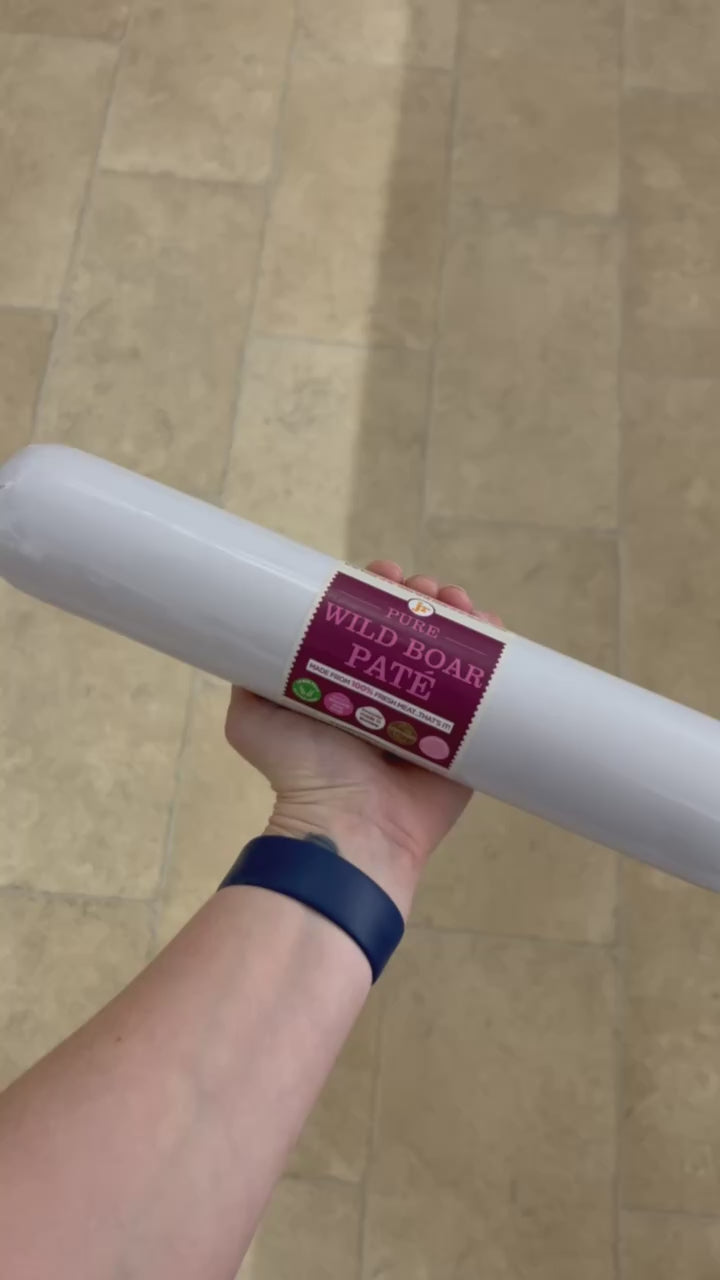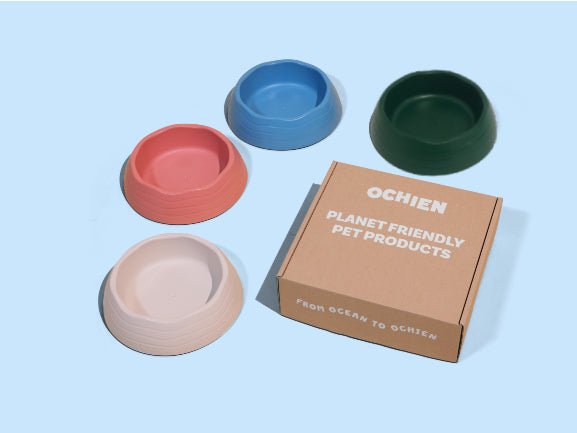Beware of These Dangerous Plants for Dogs in the UK: A Guide for Pet Owners
As dog owners, we want to ensure our beloved dog are safe and healthy. One aspect of their safety that is often overlooked is the potential danger posed by certain plants commonly found in the UK. Many popular garden plants and wildflowers can be toxic to dogs, causing a range of symptoms from mild discomfort to severe illness or even death. In this article, we'll discuss some of the most dangerous plants for dogs in the UK, and how to recognise and avoid them to protect your canine companion.
Foxglove (Digitalis purpurea)
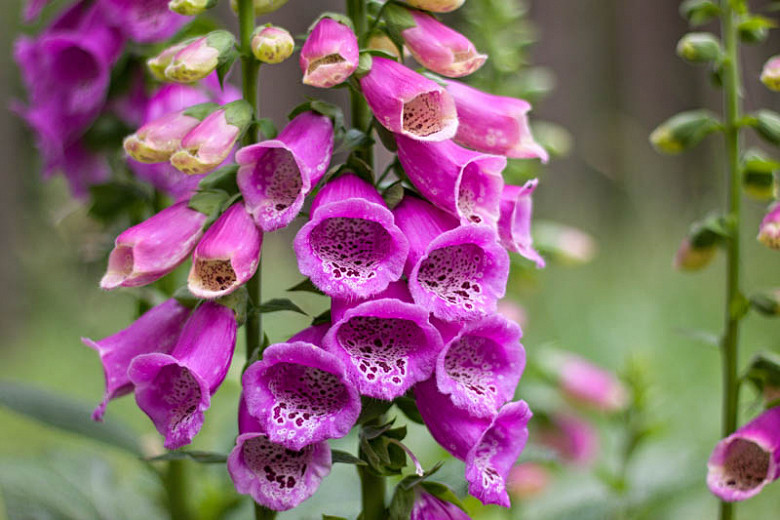
Foxglove is a tall, striking plant with distinctive bell-shaped flowers that can be found in gardens and woodlands throughout the UK. However, all parts of the plant are highly toxic to dogs, as they contain compounds called cardiac glycosides, which can cause heart problems, vomiting, diarrhoea, and even death. If you suspect your dog has ingested any part of a foxglove plant, seek veterinary attention immediately.
Yew (Taxus baccata)
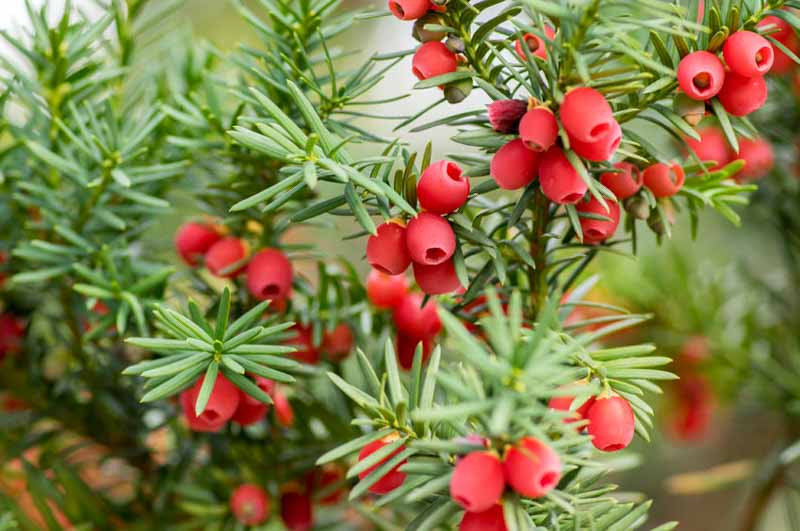
Yew is an evergreen tree or shrub commonly found in gardens and parks across the UK. It is known for its dark green, needle-like leaves and red berries. All parts of the yew, except the fleshy red aril surrounding the seed, are extremely poisonous to dogs. Ingestion can lead to symptoms such as vomiting, difficulty breathing, seizures, and even sudden death due to heart failure. Keep your dog well away from yew trees and remove any fallen branches or leaves from your garden.
Rhododendron (Rhododendron spp.)

Rhododendron is a popular garden shrub known for its large, vibrant flowers that bloom in various colours. Unfortunately, the leaves, flowers, and pollen of rhododendron plants contain a toxin called grayanotoxin, which can cause excessive drooling, vomiting, diarrhoea, and heart problems in dogs. In severe cases, ingestion can lead to coma and death. Ensure your dog does not chew on rhododendron leaves or flowers and consider choosing alternative, non-toxic plants for your garden.
Lily of the Valley (Convallaria majalis)
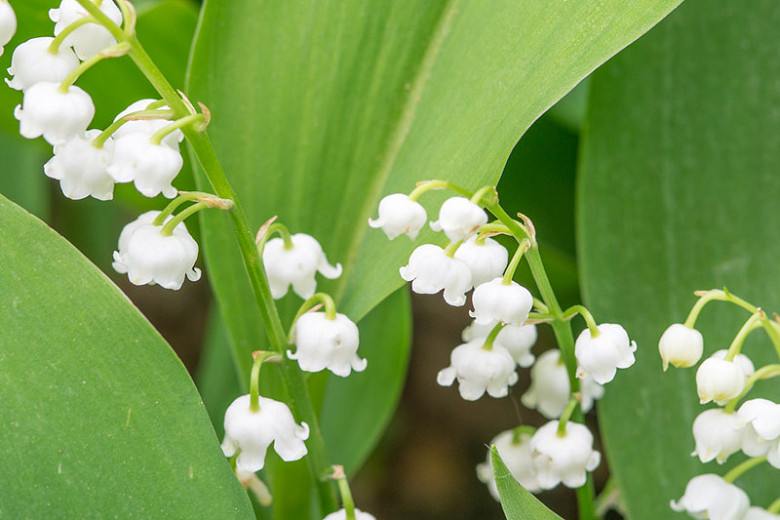
Lily of the Valley is a woodland plant with delicate, fragrant white flowers. Although beautiful, it is highly toxic to dogs due to the presence of cardiac glycosides, similar to those found in foxglove. Ingesting even small amounts of the plant can cause vomiting, diarrhoea, heart problems, and seizures. If you have Lily of the Valley in your garden, make sure it is inaccessible to your dog and be vigilant when walking in wooded areas where the plant may be growing.
Autumn Crocus (Colchicum autumnale)
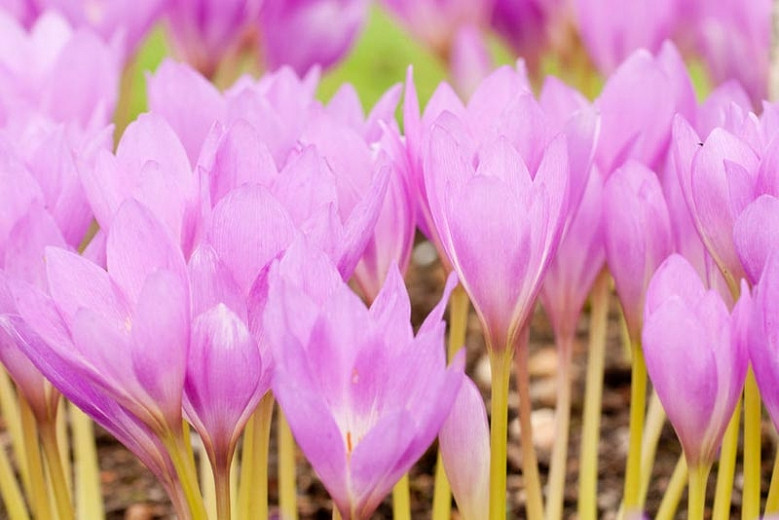
The Autumn Crocus, also known as Meadow Saffron, is a bulbous plant that produces purple, pink, or white flowers in the autumn. All parts of the plant contain a toxin called colchicine, which can cause vomiting, diarrhoea, kidney failure, and even death in dogs. If you suspect your dog has ingested Autumn Crocus, seek veterinary help immediately. To keep your pet safe, avoid planting Autumn Crocus in your garden and watch out for the plant on woodland walks.
Daffodil (Narcissus spp.)

Daffodils are a popular springtime flower, known for their bright yellow blooms. While they are a cheerful addition to gardens, all parts of the daffodil plant, including the bulbs, are toxic to dogs. Ingestion can cause symptoms such as vomiting, diarrhoea, abdominal pain, and in severe cases, heart problems and difficulty breathing. Make sure your dog does not dig up or chew on daffodil bulbs, and consider planting them in areas your dog cannot access.
Oleander (Nerium oleander)
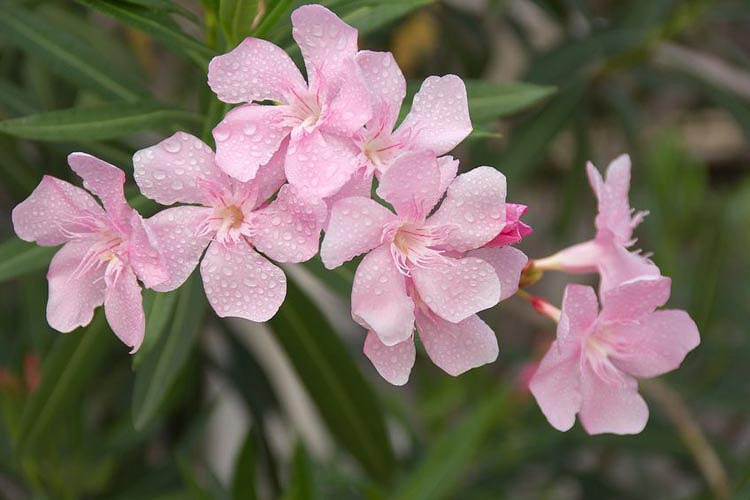
Oleander is an evergreen shrub with beautiful, fragrant flowers that come in shades of pink, white, and red. Although not native to the UK, it is sometimes grown in gardens as an ornamental plant. All parts of the oleander plant are toxic to dogs, as they contain cardiac glycosides that can cause vomiting, diarrhoea, heart problems, and even death. If you choose to grow oleander in your garden, make sure it is well out of reach of your dog.
English Ivy (Hedera helix)
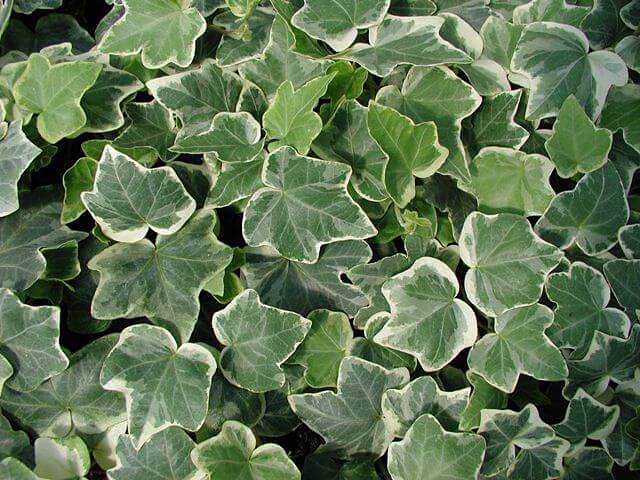
Ivy is a common climbing plant found in gardens, parks, and woodlands across the UK. While its dense foliage can provide excellent cover for wildlife, the leaves and berries of ivy are toxic to dogs. Ingestion can cause symptoms such as vomiting, diarrhoea, abdominal pain, and excessive drooling. Keep your dog away from ivy plants and remove any fallen leaves or berries from your garden.
Horse Chestnut (Aesculus hippocastanum)
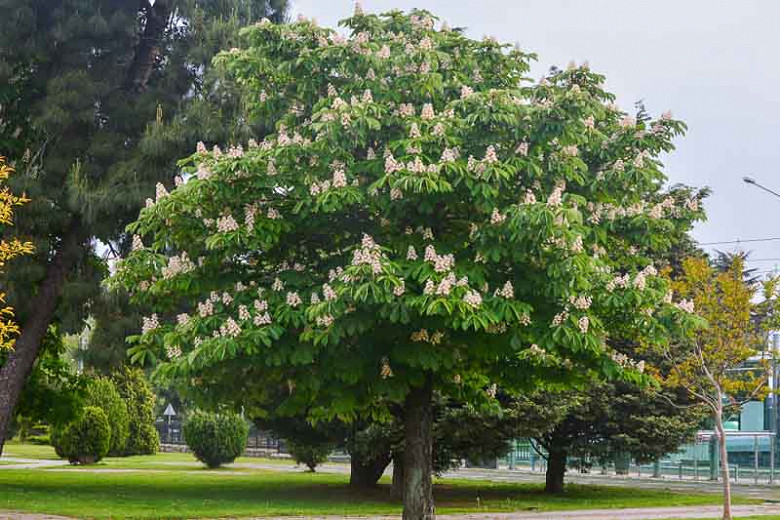
Horse Chestnut trees are a common sight in the UK, known for their white, conical flower clusters and large, inedible nuts called conkers. While the tree itself is not poisonous, the nuts and young leaves contain a toxin called aesculin, which can be harmful to dogs if ingested. Symptoms may include vomiting, diarrhoea, and abdominal pain. Keep your dog away from horse chestnut trees during the conker season and make sure they do not play with or eat the nuts.
Laburnum (Laburnum anagyroides)
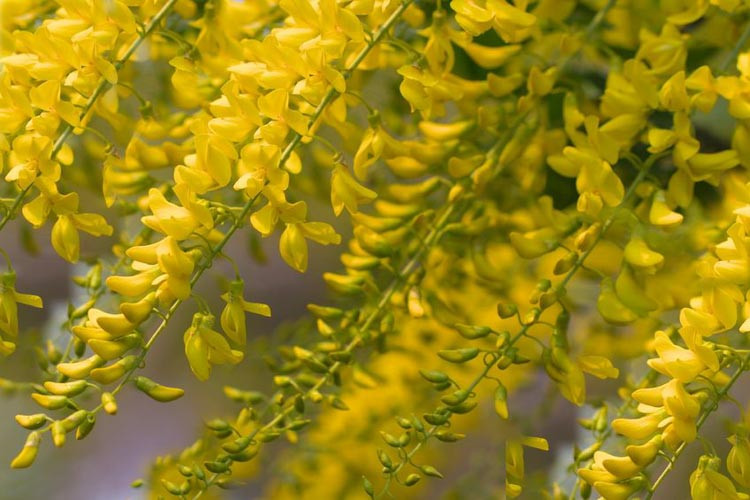
Laburnum, also known as Golden Chain, is a small deciduous tree with cascading clusters of vibrant yellow flowers. Although it is an attractive addition to gardens, all parts of the laburnum tree, including the seeds, bark, and leaves, are toxic to dogs. Ingestion can cause symptoms such as vomiting, diarrhoea, dizziness, and in severe cases, convulsions and coma. If you have a laburnum tree in your garden, make sure your dog cannot access any fallen leaves, seeds, or branches.
---
As a responsible dog owner, it's crucial to be aware of the potential dangers posed by toxic plants commonly found in the UK. By familiarising yourself with these dangerous plants and taking appropriate precautions, you can help ensure your dog's safety and wellbeing. Always supervise your dog in unfamiliar environments, and if you suspect your pet has ingested a toxic plant, contact your vet.

